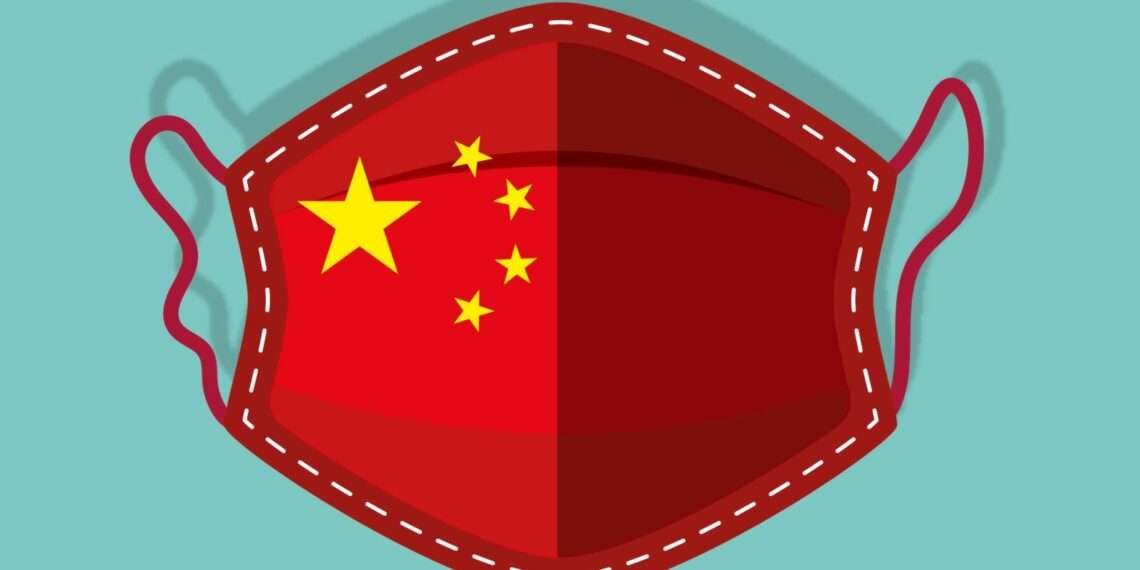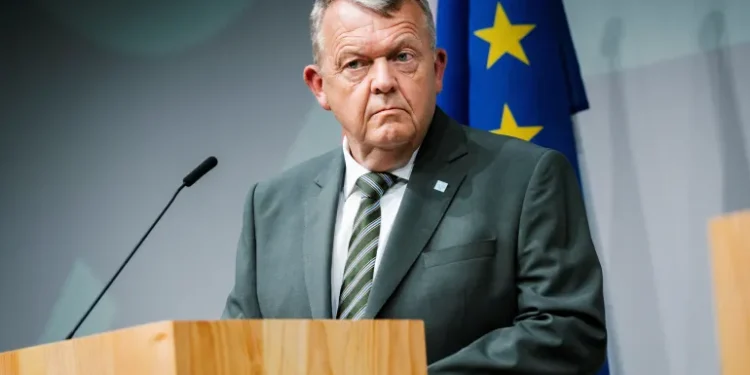Fitch Ratings has cut its 2022 GDP growth forecast for China to 4.3%, from 4.8% and revised China’s 2023 growth forecast slightly higher to 5.2%, from 5.1%, on the assumption that the government will phase out its ‘dynamic zero-Covid’ policy only gradually over the course of next year.
Policies adopted by the authorities since mid-March to contain the spread of the Omicron strain of Covid-19 have led to an extended lockdown in the important commercial hub of Shanghai, and a rise in public health and mobility restrictions across China (A+/Stable) more broadly.
Fitch Ratings stated that spillover to economic activity from COVID-19 pandemic-related disruption became apparent in March 2022, with retail sales falling by 3.5%, the first year-on-year decline since mid-2020.
Selected sub-components contracted even more severely; for example, catering was down by 15.6% year-on-year. Other areas of activity, including industrial production and fixed-asset investment, also slowed noticeably, as health and movement controls disrupted domestic supply chains and labour availability.

Recent mobility trends suggest that China’s growth momentum deteriorated significantly in April 2022, with traffic congestion, subway passenger volume and other high-frequency indicators at their weakest since the initial outbreak of the pandemic in early 2020.
“We expect the disruption to ease this month, as nationwide infections appear to be down from their mid-April highs and the politburo has indicated its desire to improve coordination between pandemic control and economic development. However, we still expect a qoq [quarter-on-quarter] GDP contraction in 2Q22, before output recovers in 2H22”.
Fitch Ratings
Fitch however, indicated that its forecast remains subject to downside risk if containment measures fail to bring new outbreaks under control quickly or if the easing of current restrictions is delayed, given its assumption that China will strictly adhere to ‘dynamic zero’ until 2023.
GDP forecast for 2022 likely to be missed
The Ratings Agency stated that policymakers remain committed to China’s 2022 GDP growth target of around 5.5%, which appears unlikely to be met on current trends. Officials signaled their intention to boost macro policy support in light of downward pressure on growth at recent meetings of the politburo and the Central Committee for Financial and Economic Affairs, which were led by President Xi Jinping.
“We expect infrastructure investment to accelerate over coming quarters. Issuance of local government Special Bonds this year was front-loaded, which should support a ramp-up of related spending in 2H22, provided that pandemic-related restrictions are eased”.
Fitch Ratings
Fitch forecast a further cut to the reserve requirement rate and the medium-term lending facility policy rate. However, adjustments are likely to be modest against the backdrop of monetary policy tightening by other major central banks and the Chinese authorities’ caution that rising interest rate differentials may spark capital outflow pressures.
Policy easing to boost credit growth
Nonetheless, “we expect policy easing to boost credit growth; our adjusted credit growth measure rose by 10.5% yoy in March, and should accelerate – given the central authorities’ infrastructure development plans and a recent relaxation of housing measures by numerous local governments”.
Fitch stated that fiscal policy has also been loosened and estimates the budget deficit to widen to 5.8% of GDP this year, from 4.4% in 2021, but the resulting increase in government debt/GDP will be modest, at about 2 percentage points. The Ratings Agency forecast debt/GDP to remain slightly below 60% in 2022, broadly in line with the ‘A’ peer median.
A further rise in macro-financial risks associated with a persistent easing of credit conditions, or a sustained rise in public debt/GDP, could lead to negative action on China’s rating. However, “we assume that the approaching upturn in economy-wide leverage will be modest and short lived, given the concern for financial stability issues demonstrated by China’s leadership in recent years”.























